What You Need to Know
- Copepods constitute about 80% of the animal mass in ocean waters.
- These tiny creatures offer essential nutrients and act as natural cleaners.
- Copepods significantly contribute to carbon cycling, reducing emissions by 1-2 billion tons annually.
- Regular introduction of copepods promotes a balanced ecosystem in saltwater tanks.
Copepods play a vital role in marine ecosystems, comprising about 80% of the animal mass in ocean waters worldwide. With around 150 unique species thriving in marine environments, these tiny creatures are essential for maintaining a healthy saltwater aquarium. Copepods serve as both a food source and natural cleaners, tirelessly working behind the scenes to ensure your aquatic environment flourishes.
1. Understanding Copepods: Tiny Heroes of Your Tank's Ecosystem
Copepods, measuring between 1-2 mm, are small yet powerful. Their large antennae and transparent exoskeleton make them stand out. They are crucial for maintaining a balanced ecosystem in reef tanks, serving as a food source for various marine species. Imagine your tank as a bustling city, with copepods as essential workers keeping everything running smoothly.
Popular types include Tisbe biminensis and Apocyclops. These varieties not only contribute to the ecological balance but also provide essential nutrients for fish and corals. For more information on how to incorporate copepods into your tank, check out AlgaGenPods™ and learn about copepods in tank environments.
2. The Role of Copepods in Saltwater Tank Ecosystems
Copepods contribute significantly to carbon cycling, reducing carbon emissions by 1-2 billion tons each year. They serve as a primary food source for numerous marine organisms, including fish, seabirds, and even large whales. Think of copepods as the backbone of the aquatic food web, supporting a diverse array of marine life.
In a saltwater aquarium, the presence of copepods can lead to healthier fish and more vibrant coral. By serving as a natural food source, they enable aquarists to maintain a thriving community of marine life. To understand the benefits of specific types of copepods, consider exploring the Apocyclops pods for tank health and the essentials for a coral tank.
3. Nutritional Value of Copepods for Marine Life
Copepods are nutritional powerhouses, providing 50-55% protein, which is essential for the growth and reproduction of fish and corals. Their high protein content makes them an ideal food source for both juvenile and adult marine organisms. Imagine feeding your fish gourmet meals that fuel their growth and energy—this is precisely what copepods offer.
Incorporating copepods into your feeding regimen can lead to improved growth rates and enhanced reproductive success among marine species. To further explore the nutritional benefits of copepods, check out zooxanthellae for coral health and a complete care guide for copepods.
4. Types of Copepods for Saltwater Tanks
With over 13,000 species of copepods identified, the diversity available for aquarists is impressive. Among these, Tisbe biminensis and Apocyclops are commonly recommended for saltwater tanks due to their adaptability and nutritional benefits. These copepods thrive in various aquatic environments, making them suitable for both novice and experienced aquarium keepers. Regular use of these specific species can transform your coral husbandry practices.
For more details on specific types of copepods, visit Tisbe biminensis copepods and Apocyclops copepods.
5. Introducing Copepods to Your Saltwater Tank
Adding copepods to your tank can be a game changer. These little creatures reproduce quickly, with a population doubling every 7-10 days under optimal conditions. This rapid growth allows for a sustainable source of food for your fish and corals, enhancing the overall health of your aquarium. When introducing copepods, ensure that the environment mimics their natural habitat to promote successful establishment. Think of it as planting seeds in fertile soil; the right conditions can yield a bountiful harvest.
For larger tanks, especially those over 200 gallons, adding a substantial amount of PODS can be especially beneficial. For tips on integrating copepods into your aquatic ecosystem, check out tips for introducing copepods and explore AlgaGenPods™ for tank inoculation.
6. Maintaining a Healthy Copepod Population
To ensure a thriving copepod population, regular additions and monitoring of environmental conditions are crucial. Copepods and amphipods serve as vital indicators of biodiversity in aquatic ecosystems. Their presence signifies a balanced and healthy tank, which is essential for the wellbeing of all marine species. Maintaining stable water parameters and providing adequate nutrition will support their population growth.
Incorporating appropriate feed products can significantly enhance copepod health. Consider using PhycoPure™ Reef Blend for copepod nutrition and explore strategies for maintaining a thriving pod ecosystem.
7. Copepods and Water Quality Management
Copepods play a pivotal role in water quality management within saltwater tanks. By contributing to the ocean's carbon sink, planktonic copepods help absorb up to one-third of human carbon emissions. This natural filtration process is essential for maintaining clean, healthy water in aquariums. Their ability to consume detritus and excess nutrients helps prevent algae blooms and keeps water parameters in check. They are like nature's cleaning crew, tirelessly working to ensure a pristine environment for your aquatic life.
To enhance water quality in your tank, consider incorporating copepods into your regular maintenance routine. Products like PhycoPure Reef Blend and PhycoPure Zooxanthellae can help support copepod populations and improve overall tank health.
8. Copepods as a Natural Food Source
Copepods serve as a natural and highly nutritious food source for marine life. Approximately 70% of marine fish species depend on small crustaceans like copepods during their early life stages. This makes them essential for the growth and development of many fish species. Providing copepods in your aquarium can lead to healthier, more robust fish and corals. Think of copepods as the building blocks of a vibrant marine ecosystem, essential for nurturing young fish and sustaining the food chain.
Zoo-Plasm™ PODS are among the highest quality cultures available, ensuring that your marine life receives the best nutrition possible. To explore bulk options for larger tanks, check out bulk copepods for large tanks and learn more about feeding copepods to marine life.
9. Copepods vs. Other Microorganisms in Saltwater Tanks
When considering the biodiversity of your saltwater tank, copepods stand out against other microorganisms. There are over 20,000 species of amphipods and copepods combined, with amphipods making up approximately 9,500 species. This rich diversity offers aquarists various options for enhancing their tanks. Copepods are particularly noted for their role in food webs, providing nourishment for various marine organisms. Understanding this diversity can help aquarists make informed decisions about which organisms to introduce into their tanks.
For a deeper comparison, check out zooxanthellae for coral symbiosis and learn about comparing different microorganisms in aquariums.
10. Breeding Copepods for Sustainable Tank Management
Breeding copepods can significantly enhance the sustainability of your aquarium system. Successful maintenance of copepod populations leads to improved water quality and increased biodiversity within the tank. By creating the right conditions for breeding, aquarists can ensure a steady supply of these vital organisms, contributing to a healthier environment for all marine life. Consider it a natural cycle where the fish benefit from a continuous source of nutrition.
Tisbe biminensis copepods are particularly effective for tank inoculations and can easily adapt to various environments. For tips on breeding copepods, check out breeding Tisbe copepods and explore tips for breeding copepods.
11. Troubleshooting Common Issues with Copepods
Establishing a sustainable copepod population can take several weeks to months, depending on environmental conditions and tank management practices. Common issues include fluctuations in water quality and inadequate food sources. Monitoring these factors can help aquarists troubleshoot and resolve problems effectively. Maintaining a healthy copepod population is akin to nurturing a garden; it requires patience, observation, and care.
To ensure the successful establishment of copepods, consider using reliable shipping methods with a live arrival guarantee. For solutions to common copepod issues, check out solving common copepod issues and explore strategies for maintaining copepod health.
12. Future of Copepods in Saltwater Aquarium Hobby
The future of copepods in the saltwater aquarium hobby looks bright. As aquarists continue to recognize the importance of biodiversity, copepods and amphipods will play a pivotal role in improving tank health and assisting in the cleanup of detritus. Their natural behavior and benefits make them an attractive addition for hobbyists looking to create a balanced ecosystem. With ongoing research and innovation, the utilization of copepods will continue to evolve, reshaping coral husbandry practices.
To keep up with the latest developments, consider exploring PhycoPure Zooxanthellae and learn about Phyto Combo for enhancing tank health.
FAQ
1. What are copepods and why are they important?
Copepods are tiny crustaceans that play a crucial role in maintaining the health of saltwater tanks by serving as a food source and helping to clean the water.
2. How can I introduce copepods to my tank?
Introducing copepods involves adding them to your tank and ensuring the environment mimics their natural habitat for successful establishment. For tips, visit aquarium pod tips.
3. How often should I add copepods to my tank?
You should regularly add copepods to maintain a thriving population, especially as they reproduce every 7-10 days. Learn more at AlgaGenPods™.
4. What types of copepods are best for my aquarium?
Tisbe biminensis and Apocyclops are two popular types that are well-suited for saltwater tanks. Check out Tisbe copepods and Apocyclops copepods.
5. Can I breed copepods in my aquarium?
Yes, breeding copepods is possible and can enhance the sustainability of your aquarium. For guidance, explore copepod breeding tips.
6. How do copepods improve water quality?
Copepods consume detritus and excess nutrients, helping to prevent algae blooms and keeping water parameters stable. Learn more about water quality management with copepods at PhycoPure Reef Blend.
7. Are copepods suitable for beginner aquarists?
Absolutely! Copepods are easy to introduce and maintain, making them ideal for aquarists of all experience levels. Explore beginner-friendly options at AlgaGenPods™ Tisbe.
8. What are the nutritional benefits of copepods?
Copepods are rich in proteins, making them an excellent food source for marine fish and corals. Discover more about their nutritional value at copepod care guide.
9. Can copepods coexist with other microorganisms?
Yes, copepods coexist well with amphipods and other microfauna, enhancing biodiversity in your tank. For more insights, visit copepod coexistence.
10. How can I troubleshoot copepod population issues?
Common issues include water quality fluctuations and inadequate food. Monitor parameters and use supplements like PhycoPure Zooxanthellae for solutions.
If you have more questions, check out our Copepod Collection for detailed information.
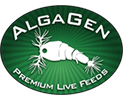
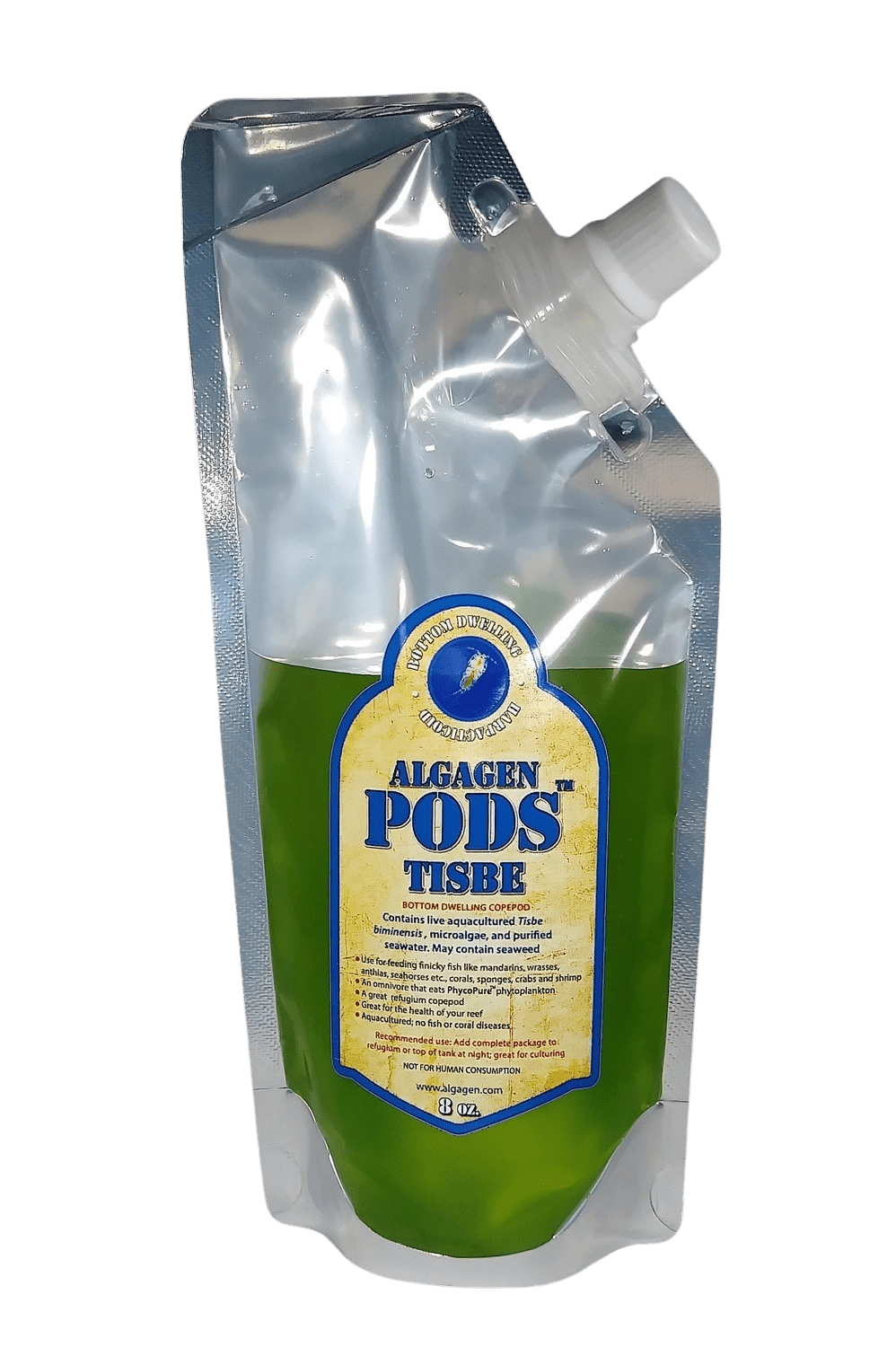
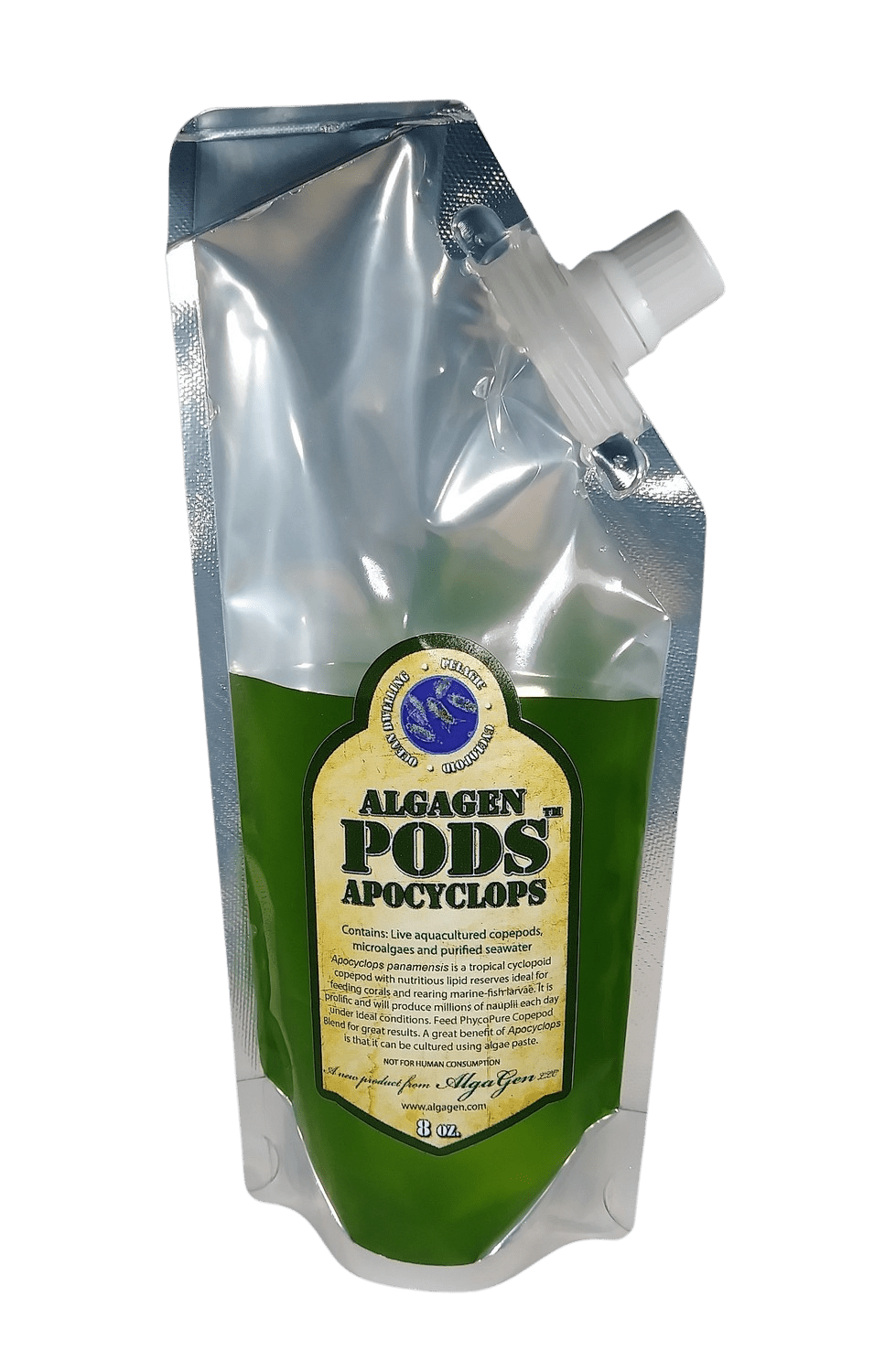
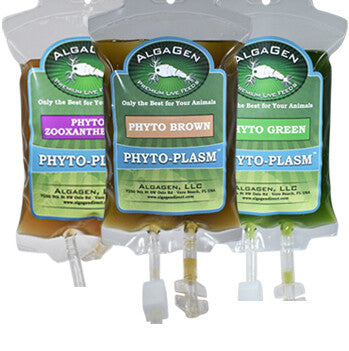
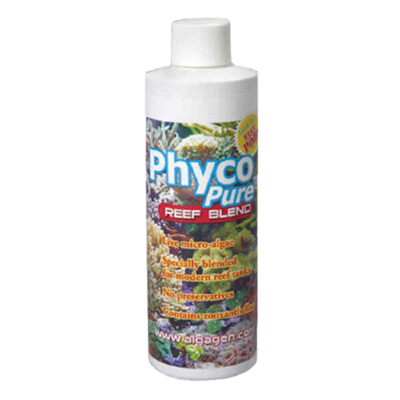
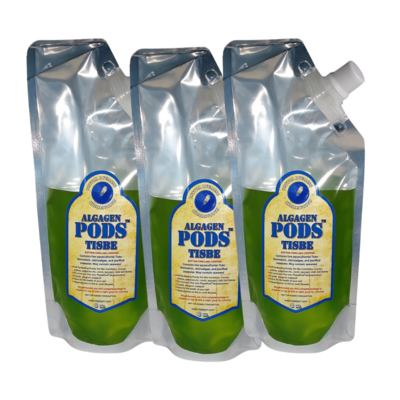
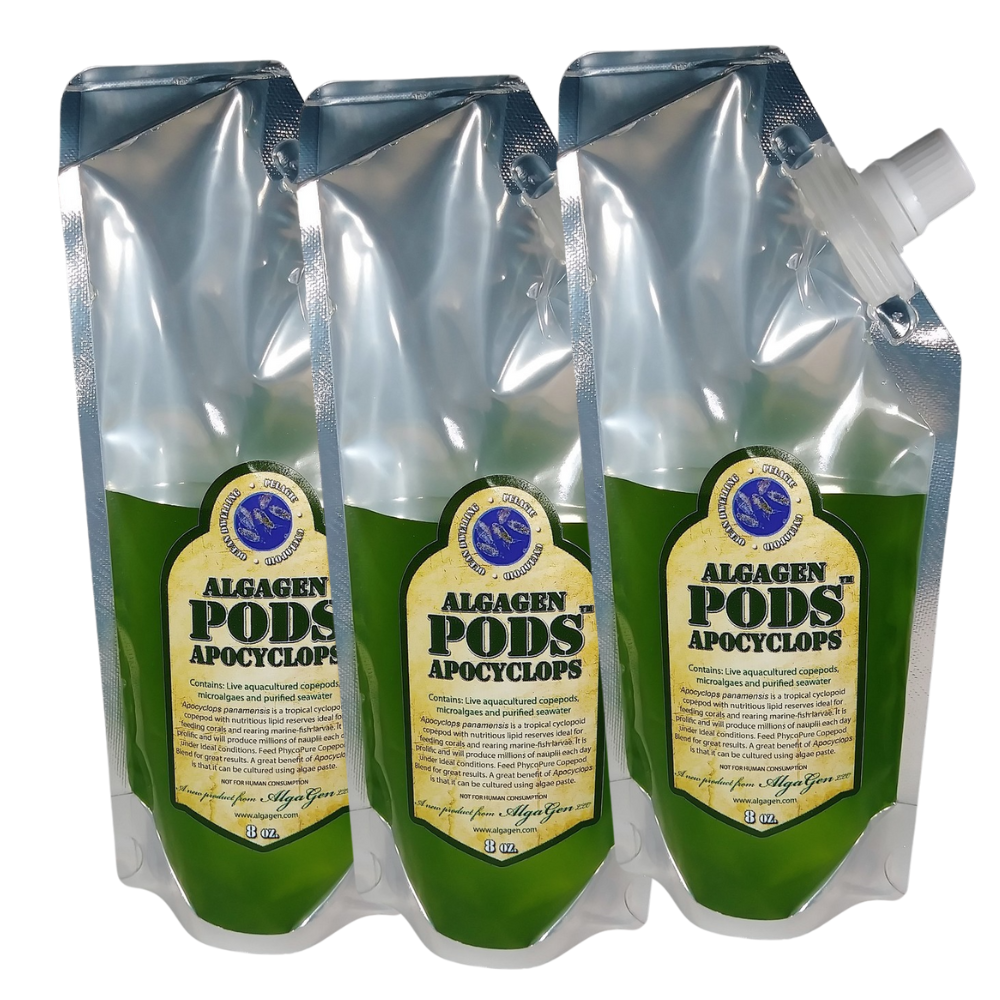
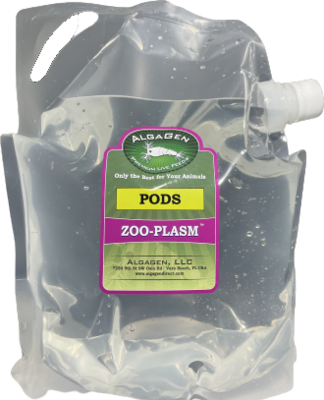
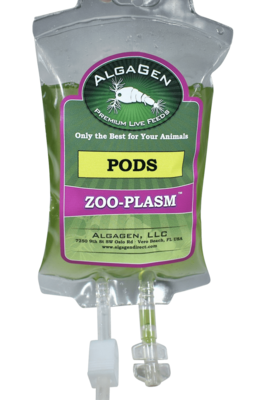
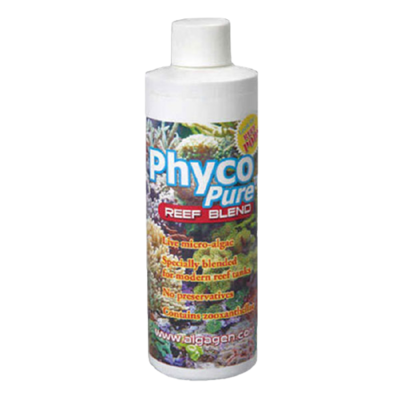
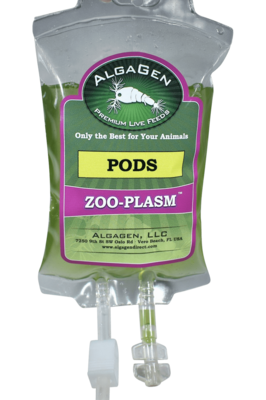
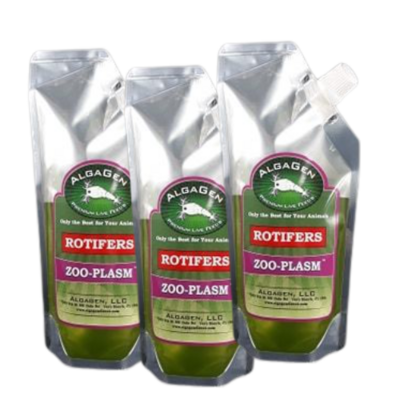
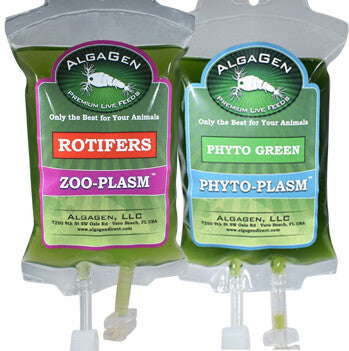
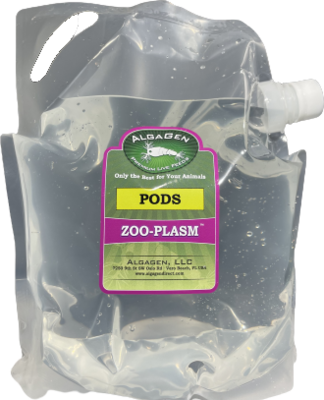
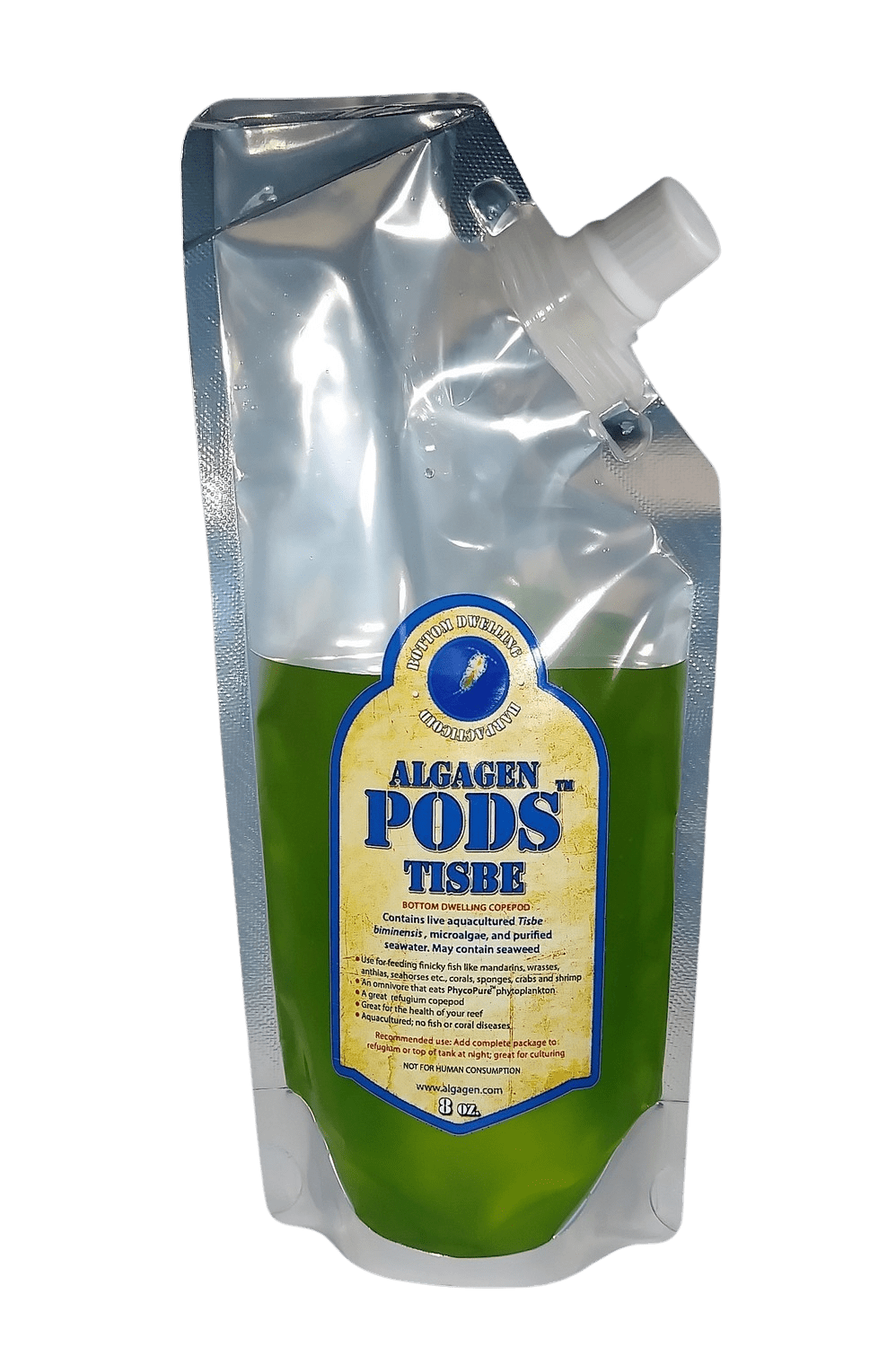
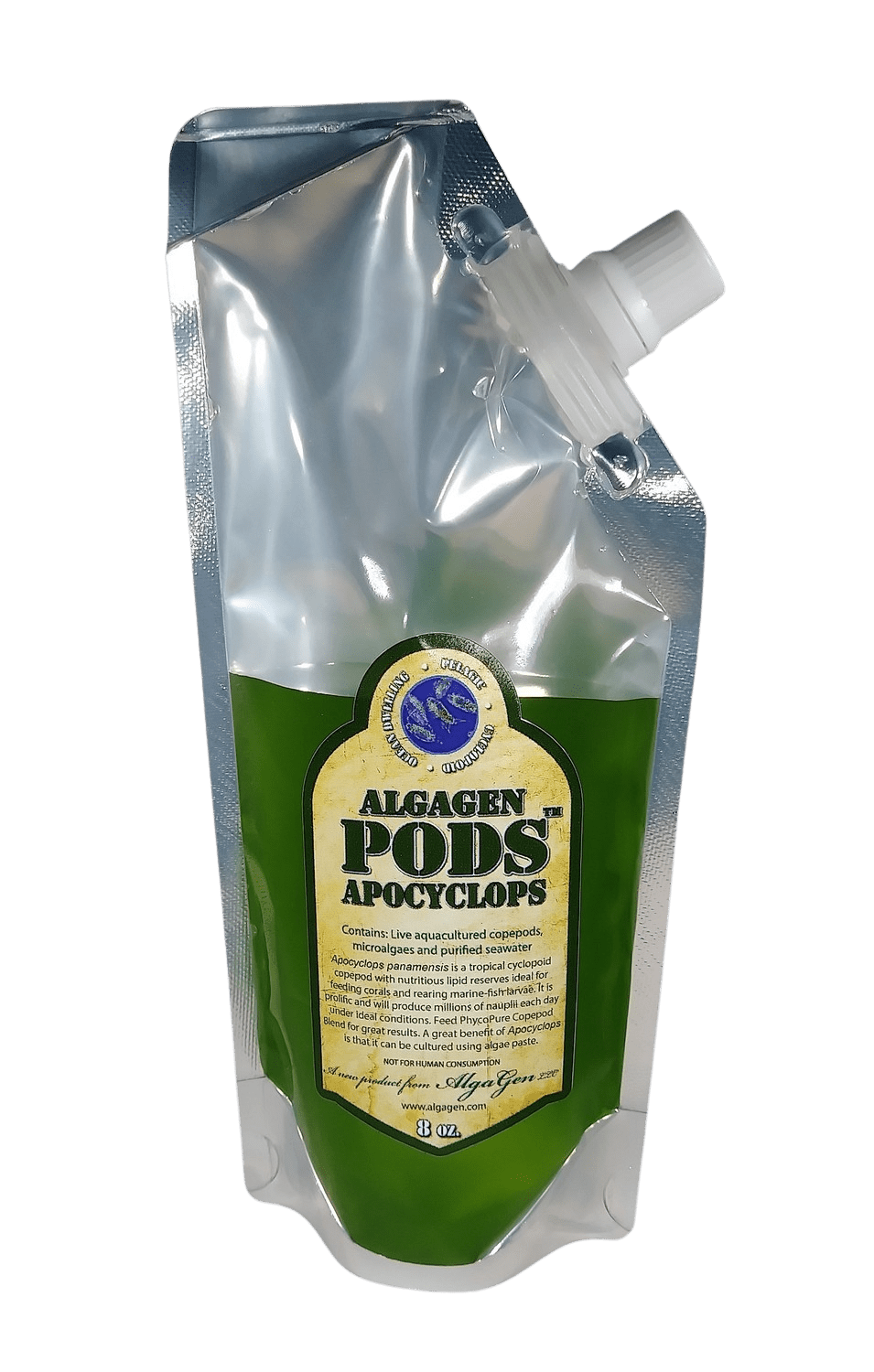
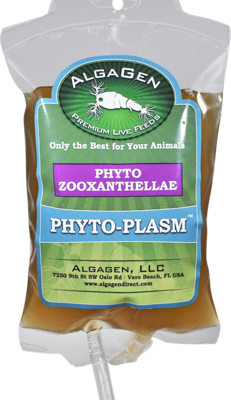
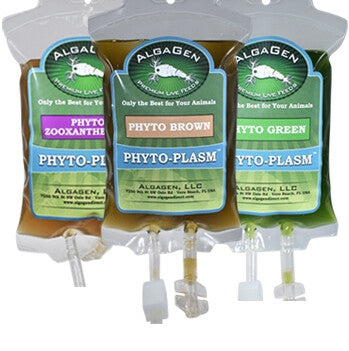
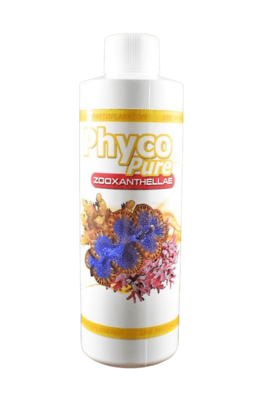
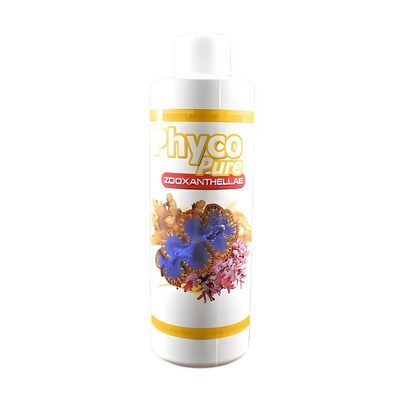
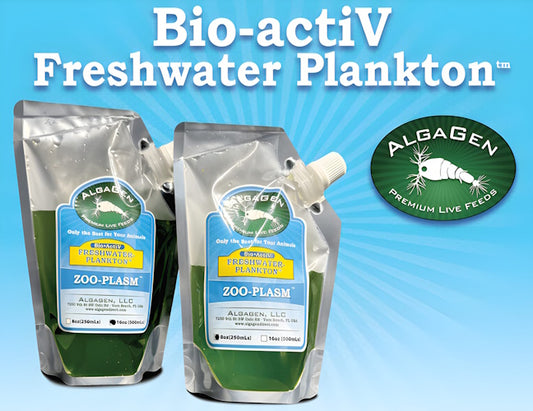
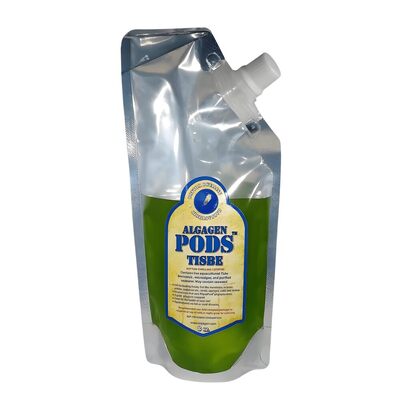
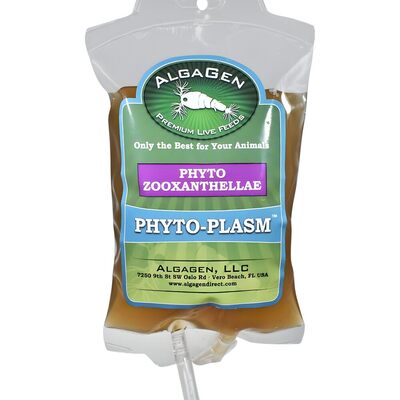
Recent post